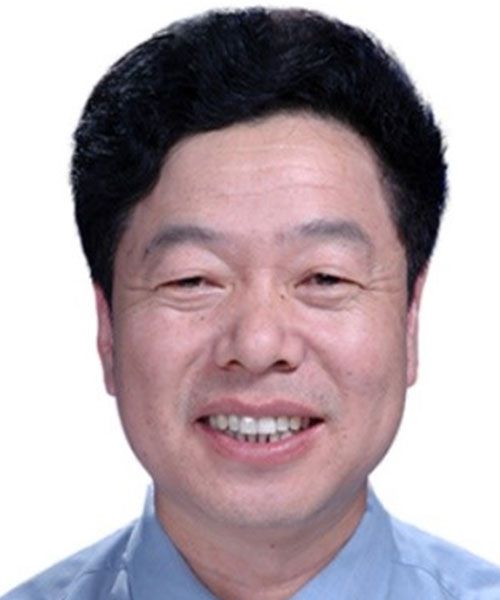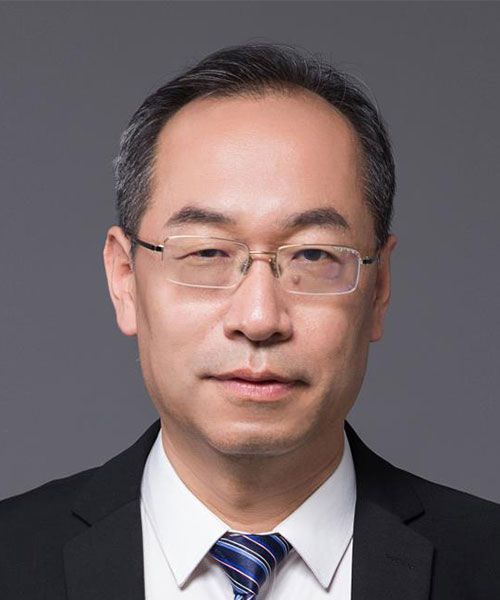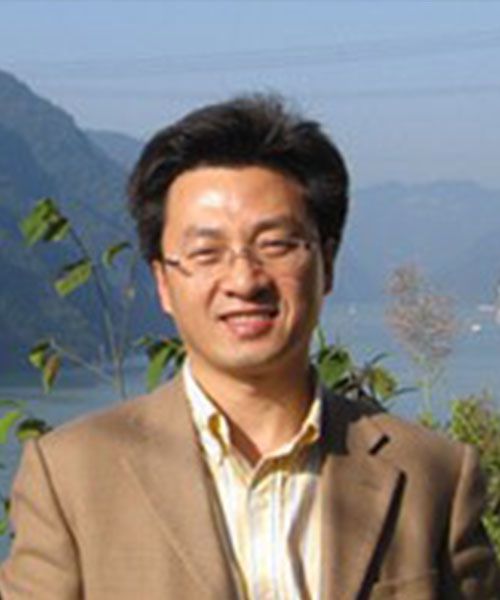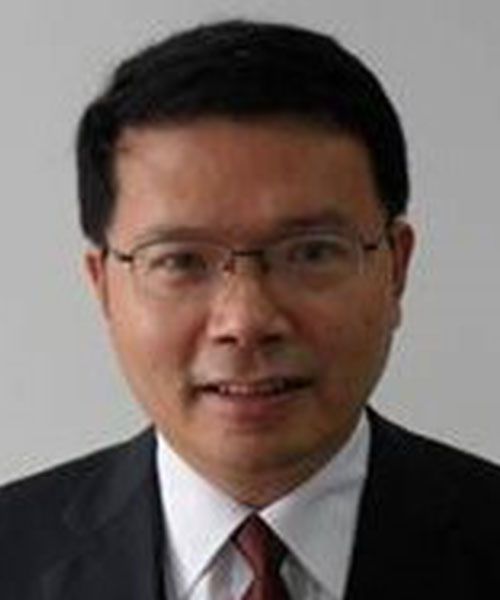部分学术论文 共26篇
R. F. Zhang, A. S. Argon and S. Veprek. Friedel Oscillations are Limiting the Strength of Superhard Nanocomposites and Heterostructures. Physical Review Letters 102, 015503 (2009).
R. F. Zhang, D. Legut, Z. J. Lin, Y. S. Zhao, H. K. Mao, and S. Veprek. Stability and strength of transition-metal tetraborides and triborides, Physical Review Letters 108, 255502 (2012).
T. Ma, H. Li, X. Zheng, S. M. Wang, X. C. Wang, H. Z. Zhao, S. B. Han, R. F. Zhang*, et al. Ultrastrong Boron Frameworks in ZrB12: A Highway for Electron Conducting, Advanced Materials 29, 1604003 (2017).
H. Zhang, Z. H. Fu, R. F. Zhang*, et al. Designing flexible two-dimensional transition metal carbides with strain-controllable lithium storage, PNAS 114, E11082 (2017).
Y. Y. Xiao, X. F. Kong, B. N. Yao, D. Legut, T. C. Germann, and R.F.Zhang*. Atomistic insight into the dislocation nucleation at crystalline/crystalline and crystalline/amorphous interfaces, Acta Materialia (2018).
X. Y. Chen, X. F. Kong, A. Misra, D. Legut, B. N. Yao, T. C. Germann, and R. F. Zhang*. Effect of dynamic evolution of misfit dislocation patterns on the dislocation nucleation and shear sliding at semi-coherent bimetal interfaces, Acta Materialia 143, 107 (2018).
S. Chen, Z. H. Fu, H. Zhang, D. Legut, T. C. Germann, Q. F. Zhang, S. Y. Du, J. S. Francisco, and R. F. Zhang*. Surface Electrochemical Stability and Strain-tunable Lithium Storage of Highly Flexible 2D Transition Metal Carbides, Advanced Functional Materials 10, 1804867 (2018).
S. Xiang, Z. Fu, W. Li*, Y. Wei, J. Liu, H. Liu, L. Zhu, R. F. Zhang*, and H. Chen*. Highly Air-stable Carbon-based α-CsPbI3 Perovskite Solar Cells with Broadened Optical Spectrum. ACS Energy Letters 3, 1824 (2018).
S. H. Zhang, D. Legut, Z. H. Fu, T. C. Germann, and R. F. Zhang*. High-throughput screening for novel superhard carbon and boron nitride allotropes with superior stiffness and strength, Carbon 137, 156 (2018).
Z. H. Fu, H. Zhang, C. Si, D. Legut, T. C. Germann, Q. F. Zhang, S. Y. Du, J. S. Francisco, and R. F. Zhang*. Mechanistic quantification of thermodynamic stability and mechanical strength for two-dimensional transition metal carbides, The Journal of Physical Chemistry C 122, 4710 (2018).
Z. H. Fu, D. Legut, T. C. Germann, C. Si, S. Y. Du, J. S. Francisco, and R. F. Zhang*. Phonon mediated stabilization and softening of 2D transition metal carbides: case studies of Ti2CO2 and Mo2CO2, Physical Chemistry Chemical Physics 20, 14608 (2018).
P. K. Li, J. G. Zhu, A. Handoko, R. F. Zhang, H. T. Wang, D. Legut, X. Wen, Z. H. Fu, Z. W. Seh, and Q. F. Zhang, High-throughput theoretical optimization of the hydrogen evolution reaction on MXenes by transition metal modification, Journal of Materials Chemistry A 6, 4271 (2018).
Z. R. Liu and R. F. Zhang*. AACSD: An atomistic analyzer for crystal structure and defects, Computer Physics Communications 222, 229 (2018).
S. H. Zhang and R. F. Zhang*. AELAS: Automatic elastic property derivations via high throughput first-principles computations, Computer Physics Communications 220, 403 (2017).
R. F. Zhang*, X. F. Kong, H. T. Wang, S. H. Zhang, D. Legut, S. H. Sheng, S. Srinivasan, K. Rajan, and T. C. Germann. An informatics guided classification of miscible and immiscible binary alloy systems, Scientific Reports 7, 9577 (2017).
H. Z. Tian, Z. W. Seh, K. Yan, Z. H. Fu, Y. Y. Lu, R. F. Zhang, D. Legut, Y. Cui, and Q. F. Zhang. Theoretical Investigation of 2D Layered Materials as Protective Films for Lithium and Sodium Metal Anodes, Advanced Energy Materials 7, 1602528 (2017).
S. H. Zhang, I. J. Beyerlein, D. Legut, Z. H. Fu, Z. Zhang, S. L. Shang, Z. K. Liu, T. C. Germann, and R. F. Zhang*. First principles investigation of strain effects on the stacking fault energies, dislocation core structure and Peierls stress of magnesium and its alloys, Physical Review B 95, 224106(2017).
R. F. Zhang*, I. J. Beyerlein, S. J. Zheng, S. H. Zhang, A. Stukowski, and T. C. Germann. Manipulating dislocation nucleation and shear resistance of bimetal interfaces by various atomic steps, Acta Materialia 113, 194 (2016).
R. F. Zhang*, S. H. Zhang, Z. J. He, J. Jing, and S. H. Sheng. Miedema Calculator: A thermodynamic platform for predicting formation enthalpies of alloys within framework of Miedema’s theory, Computer Physics Communications 209, 58 (2016).
S. J. Zheng, R. F. Zhang*, R. Huang, X. L. Ma, T. Taniguchi, Y. Ikuhara, and I. J. Beyerlein. Structure and energetics of nanotwins in cubic boron nitrides, Applied Physics Letters 109, 081901 (2016).
K. Liu, R. F. Zhang*, I. J. Beyerlein, X. Y. Chen, H. Yang, and T. C. Germann. Cooperative dissociations of misfit dislocations at bimetal interfaces, APL Materials 4, 111101 (2016).
Z. H. Fu, Q. F. Zhang, C. Si, D. Legut, T. C. Germann, T. Lookman, S. Y. Du, J. S. Francisco, and R. F. Zhang*. Stabilization and strengthening effects of functional groups in two-dimensional titanium carbide, Physical Review B 94, 104103 (2016).
Z. J. He, Z. H. Fu, D. Legut, X. H. Yu, Q. F. Zhang, V. I. Ivashchenko, S. Veprek, and R. F. Zhang*. Tuning lattice stability and mechanical strength of ultraincompressible tungsten carbides by varying the stacking sequence, Physical Review B 93, 184104 (2016).
R. F. Zhang*, X. D. Wen, D. Legut, Z. H. Fu, S. Veprek, E. Zurek, and H. K. Mao. Crystal Field Splitting is Limiting the Stability and Strength of Ultraincompressible Orthorhombic Transition Metal Tetraborides, Scientific Reports 6, 23088 (2016).
Z. Zhang, R. F. Zhang*, D. Legut, D. Q. Li, Z. H. Fu, S. H. Zhang, and H. B. Guo. Pinning effect of reactive elements on the adhesion energy and adhesive strength of incoherent NiAl/Al2O3 interfaces, Physical Chemistry Chemical Physics 18, 22864 (2016).
X. Meng, R. F. Zhang, Z. H. Fu, and Q. F. Zhang. Domain-dependent Electronic Structure and Optical Absorption Property in Hybrid Organic-inorganic Perovskite, Physical Chemistry Chemical Physics 18, 27358 (2016).





